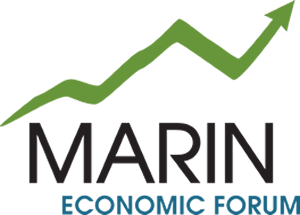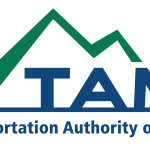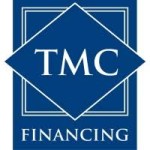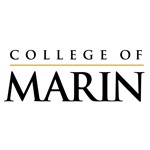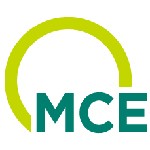8/2024 Blog Topic: Will national focus on housing change things in Marin?
August 2024
| The Presidential election is in full swing, and the candidates are aggressively promoting their policies and differences to win your vote. One of the many topics both candidates are addressing is housing, in response to the major increase in home prices since 2020 (and longer for regions like the Bay Area). A second, related issue is the recent settlement by the National Association of Realtors (NAR) regarding commissions paid to Buyer’s agents, which Plaintiff’s cited as inflating the cost of homes. From MEF’s perspective, the issue in Marin County (and the Bay Area) has always been one of supply and demand, which ultimately manifests itself in the price of housing, which we know to be high. The high cost limits access, and that is among the main reasons housing is top of mind in communities, because the issue can turn from an economic one (supply and demand) to a social one (who gets to own a home?). Now that housing and access to the “American Dream” is an election issue, it is fair to wonder whether the national attention might make any difference locally. As it relates to the NAR settlement, it remains to be seen if there will be any material impact on prices. It’s possible since Sellers were responsible for funding the Buyer commission (via paying the Selling Agent both commissions), that any savings will stay in the pocket of the Seller. It’s also possible that Buyers end up spending more money because they must pay for services related to the transaction (Agent or otherwise). And then there are the potential unintended consequences that always emerge when a longstanding business norm is disrupted. In summary, despite the perception that home buyers got a win in the NAR settlement, we do not yet know if the change will result in any better access to homes. The Presidential candidates are offering very different approaches to increasing access, all of which remain hypothetical at this stage and could require various levels of approval, from Congress on down to your local jurisdiction. However, both candidates agree that increasing supply is the key approach. Former President Donald Trump has suggested that the Federal government should make federal land available to developers to build more homes including affordable units, and that the broader effort to tackle inflation, leading to lower interest rates, will spillover to lower mortgage costs. Vice President Kamala Harris has provided a bit more detail in how she would tackle the issue, including a promise to increase supply of homes by 3 million units, largely by reducing the regulatory burdens that slow permitting and construction, and to increase home ownership opportunities through a $25,000 subsidy for first-time homebuyers. On the surface, it is difficult to evaluate the local impact of either plan. For example, even when mortgage costs were extremely low (sub 3%), housing remained expensive and scarce in Marin County. Further, we do not have large swaths of federal land that could be “sold” to a developer without major controversy among Marin residents. A subsidy of $25,000 on a home selling for $1.5 million would have limited, if any, impact and that specific proposal has been called out by economists as likely perversely raising home prices. Where possible impact could be felt is on the desire to loosen regulations that would facilitate more building, but the issue of local control has been, and remains, controversial in Marin County. Just see the response to the State of California’s Regional Housing Needs Allocation. In a bizarre way, the national focus on housing elicits a “welcome to our world” response in Marin, but it’s also possible that such focus might unlock new ways to increase access. Something to watch. |
| Mike Blakeley, CEO Marin Economic Forum |
